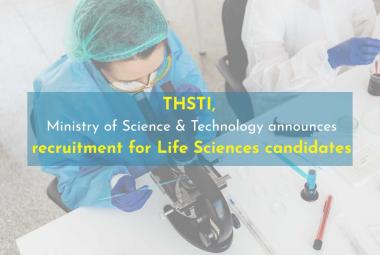 About Authors:
About Authors:
Prabhakar Sharma*1, Prakash Pandey1, Ramchandra Gupta1, Ashish Garg2, Prateek Jain3
1Department of Pharmacognosy
2Department of Pharmaceutics
3Department of Pharmacy
Guru Ramdas Khalsa Institute of Science and Technology (Pharmacy) Jabalpur, M.P.
*mr.pks19@gmail.com
Abstract
Size reduction is one of most fundamental unit operation which is of prime importance in pharmacy. It helps in improving stability and bioavailability, reducing toxicity, enhancing release and providing better formulation opportunities for drug. Nanotechnology involves the engineering of molecularly precise structures and,ultimately, molecular machines. This paper presents the study of nanorobotscontrol activation for stenosed coronary occlusion, with thepractical use of chemical and thermal gradients for biomedicalproblems. This review paper describes all the information about pharmaceutical nano-robots, their types, components mechanismetc.
[adsense:336x280:8701650588]
REFERENCE ID: PHARMATUTOR-ART-1824
Introduction
The technology of design, fabrication and programming of nanorobot known as Nanorobotics. Nanorobots are programmable nano electromechanical systems (NEMS) constructed by macro/micro devices whose components are at or close to the scale of a nanometer (10−9 meters) for specific task at nanoscale dimensions. These nanorobotic devices are comparable to biological cells and organelles in size.
Types of Nanorobots
- Respirocyte (Artificial Oxygen Carrier)
- Chromallocyte (Cell-Repair Nanorobot)
- Clottocytes (Artificial mechanical platelets)
- Pharmacytes (Nanorobotic pharmaceutical drug delivery device)
Components of Nanorobots
The various components in the nanorobots design may include
- Medicine Cavity: Holds small doses of medicine or chemicals.
- Probes and Knives: To remove blockages and plaque, a device needed to crush clots into very small pieces.
- Microwave Emitters and Ultrasonic Signal Generators (MEUSG): - Destroy cancerous cells
- Electrodes: Kills cancer cells by generating an electric current, heating the cell up until it dies.
- Lasers: - Tiny, powerful lasers burns harmful material like arterial plaque, cancerous cells or blood clots.
Mechanism of Action
The target has surface chemical receptors allowing the nanorobots to detect and recognize it. Software known as Nanorobot Control Design (NCD) simulator was developed for nanorobots for an environment with fluids dominated by Brownian motion and viscous rather than inertial forces. There are three ways of mechanism of action of nanorobots.
1. By Brownian motions they find the target by random search.
2. The nanorobots monitor for chemical concentration above the background level. After detecting the signal, a nanorobot estimates the concentration gradient and moves toward higher concentrations until it reaches the target.
3. Nanorobots at the target release another chemical, which others use as an guiding signal to the target.
Uses of Nanorobots
1. Diagnosis and treatment of cancer and Diabetes
2. To seek and break kidney stones
3. In cell targeted drug delivery
Conclusion
Nanorobotics is an upcoming field of medical science which diagnose and treats cancer and diabetes with remarkable applications in health care. In future, nanorobots will be useful or applicable in treating various diseases like cancer, diabetes, tumour or respiration related diseases.
References
1. Dash A.K. et al, Nanotechnology Challenges; Nanomedicine: Nanorabots, IRJP (2012), Vol. 02, Issue 04, 112-119
2. Kapoor D.N. et al, Nanorobotics, DHR-IJPS (2012), Vol. 2, Issue 1, 2012, 16-19
3. Hazana, R.B. et al, Exogenous Expression of NC adherin in Breast Cancer Cells Induces Cell Migration Invasion, and Metastasis. TJCB, 2000, 148, 779-790.
4. Leary, S.P. et al, toward the emergence of nanoneurosurgery: Part III Nanomedicine: Targeted nanotherapy, nanosurgery, and progress toward the realization of nanoneurosurgery. Neurosurgery, 2006, 58, 1009-1025.
NOW YOU CAN ALSO PUBLISH YOUR ARTICLE ONLINE.
SUBMIT YOUR ARTICLE/PROJECT AT articles@pharmatutor.org
Subscribe to Pharmatutor Alerts by Email
FIND OUT MORE ARTICLES AT OUR DATABASE









